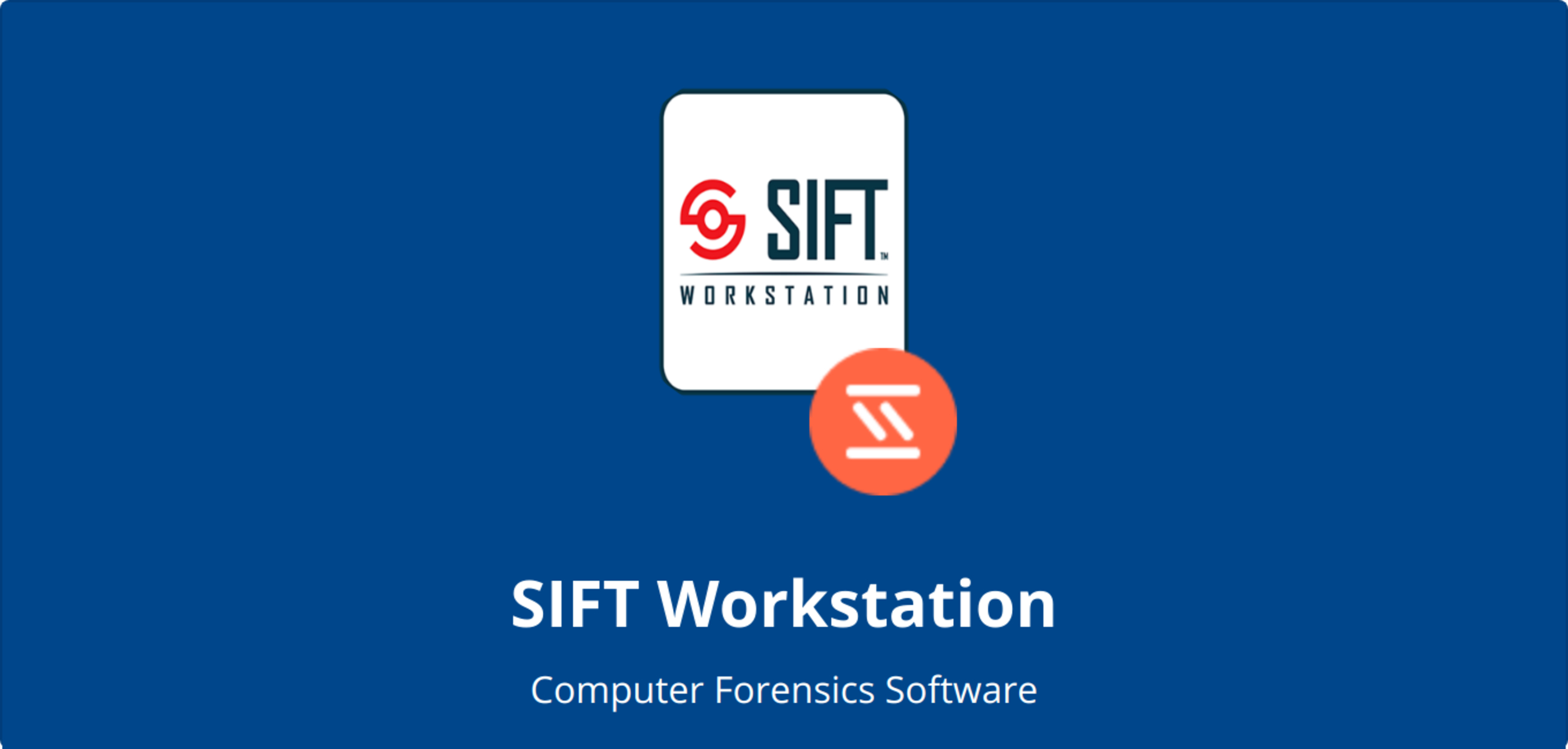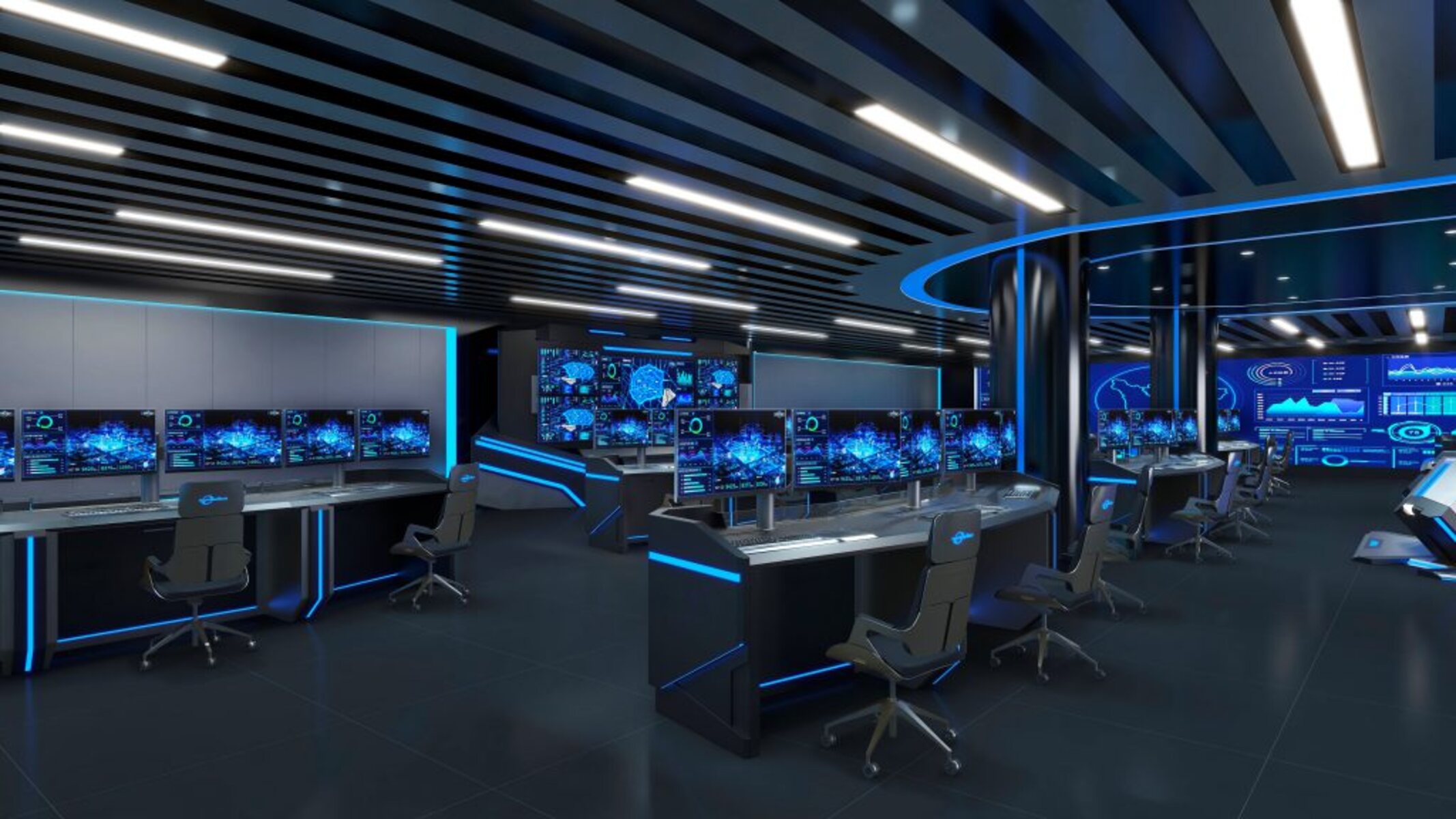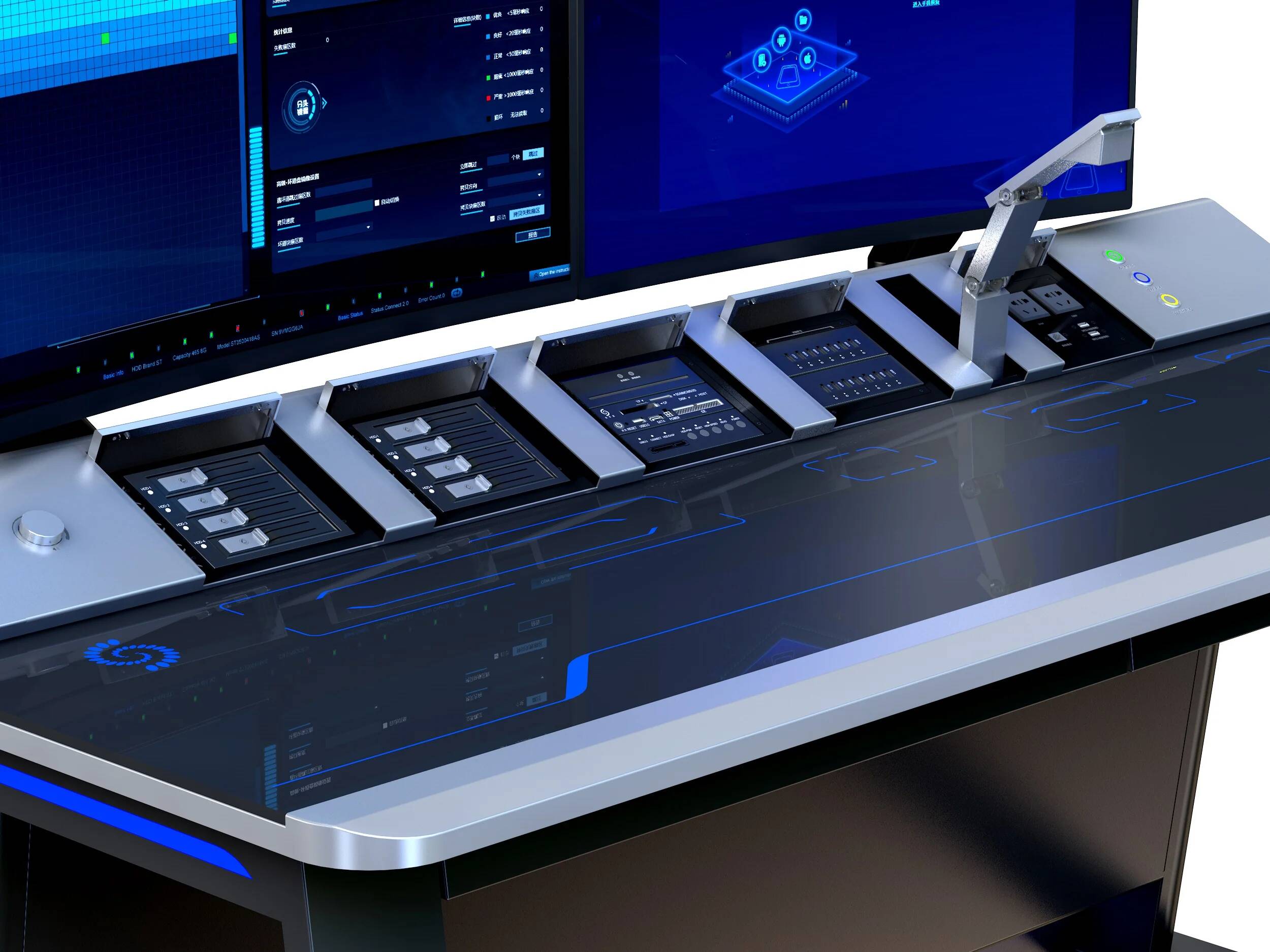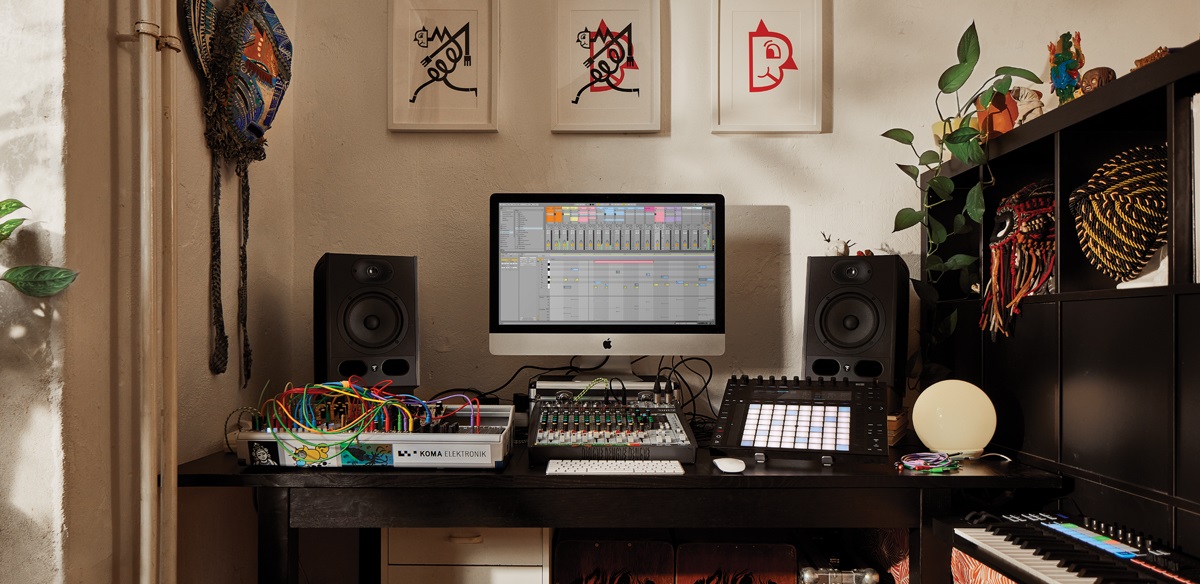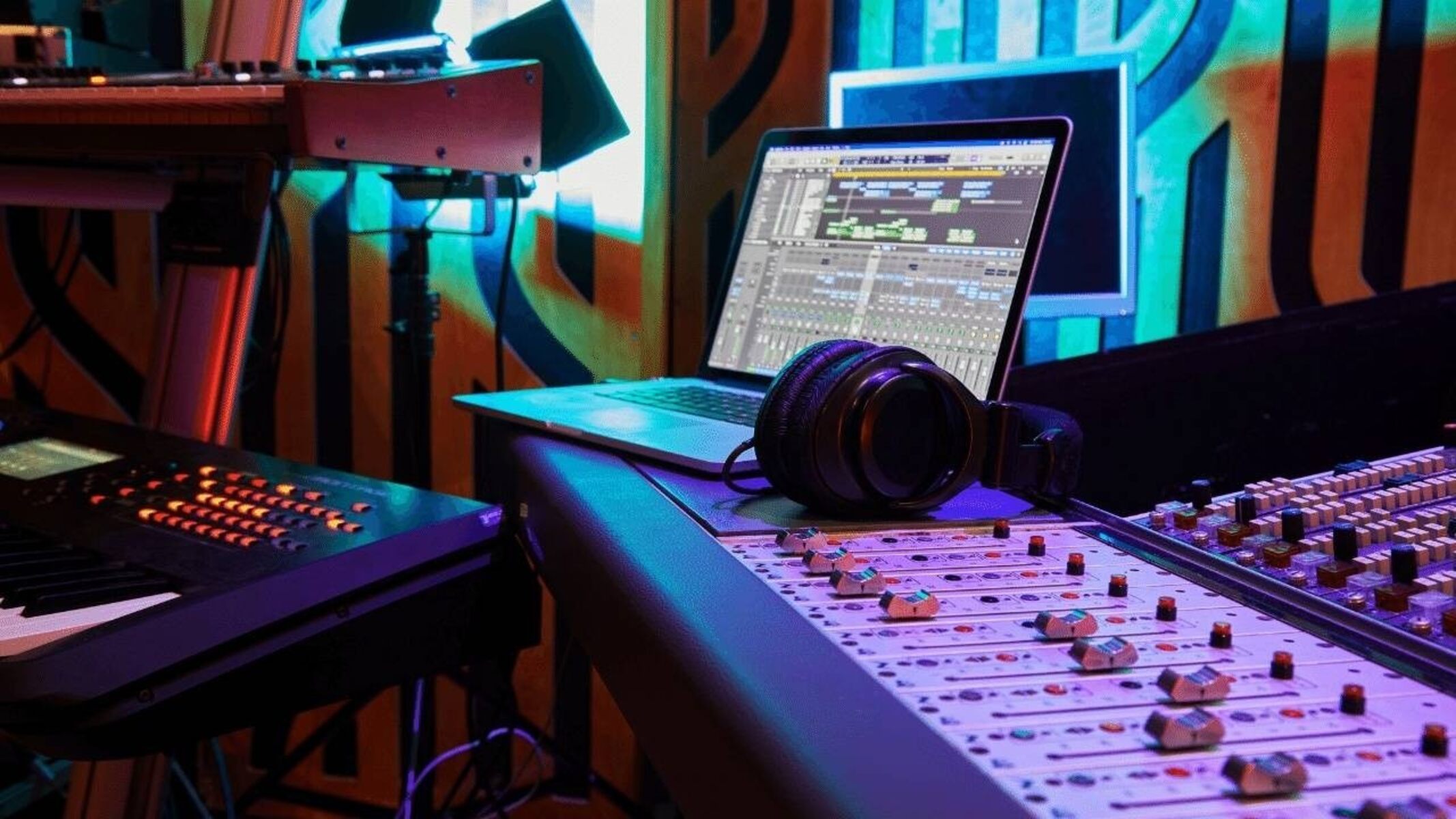Introduction
Welcome to the world of digital workstations! In today’s increasingly digital-focused era, technology has revolutionized the way we work, particularly in creative industries. As a result, professionals in fields such as music production, graphic design, and video editing have turned to digital workstations to streamline their workflows and unleash their creativity.
A digital workstation, also known as a DAW (Digital Audio Workstation) or a CAD (Computer-Aided Design) workstation, is a powerful tool that combines hardware and software to provide a comprehensive environment for creating, editing, and manipulating digital content. Whether you’re a musician composing music, a graphic designer crafting stunning visuals, or a video editor piecing together captivating footage, a digital workstation offers a vast array of features and tools to bring your ideas to life.
With a digital workstation, you can say goodbye to traditional analog workflows and embrace the endless possibilities of digital technology. These workstations provide unparalleled flexibility, allowing you to work seamlessly across different platforms and collaborate with others remotely. They offer a wide range of features, from robust audio editing and mixing capabilities to advanced graphics editing tools, making them an essential tool for professionals in various creative fields.
As the digital revolution continues to evolve, the capabilities of digital workstations have become increasingly sophisticated. They now offer a plethora of innovative features, such as virtual instrument libraries, MIDI sequencing, video editing capabilities, visual effects integration, and much more. With these advanced features, you can create complex and professional-grade projects without the need for extensive physical equipment or studio space.
Whether you’re a seasoned professional or just starting your creative journey, a digital workstation can be a game-changer. It provides a centralized platform for all your creative needs, eliminating the need for multiple software applications and hardware devices. This not only saves time and effort but also enhances collaboration and creativity.
In the following sections, we will explore the various features, components, and benefits of using a digital workstation. We will also highlight some popular digital workstation software options and provide tips on choosing the right one for your specific needs. So, let’s dive in and discover the endless possibilities that a digital workstation offers!
Definition of a Digital Workstation
A digital workstation, also referred to as a DAW (Digital Audio Workstation) or a CAD (Computer-Aided Design) workstation, is a comprehensive hardware and software combination used for creating, editing, and manipulating digital content. It serves as a centralized platform that brings together various tools and features, allowing professionals in creative industries to streamline their workflows and maximize their productivity.
This versatile tool is commonly used by musicians, graphic designers, video editors, architects, engineers, and other creative professionals. With a digital workstation, users can perform a wide range of tasks, including audio recording and editing, music composition, sound mixing and mastering, graphic design, 3D modeling, video editing, and more. It provides all the functionalities and resources needed to complete complex projects from start to finish.
One of the key components of a digital workstation is the software. There are numerous digital workstation software options available, each with its own unique set of features and capabilities. These software programs provide a user-friendly interface that allows professionals to navigate and access various tools and functions easily.
In addition to software, a digital workstation also consists of hardware components. These can include a powerful computer or laptop, a high-quality audio interface, MIDI controllers, musical instruments, graphics tablets, and other peripherals necessary for specific creative tasks. The hardware components work in conjunction with the software to provide a seamless and efficient working environment.
With the advent of digital technology, digital workstations have replaced traditional analog setups in many industries. The digital approach offers numerous advantages, such as greater flexibility, faster workflow, unlimited storage capacity, real-time collaboration, and the ability to undo and redo actions easily. Additionally, digital workstations eliminate the need for physical equipment and studio space, allowing creative professionals to work remotely and cut down on costs.
In the next sections, we will delve deeper into the features, components, and benefits of using a digital workstation. We will explore the various software options available and provide guidance on selecting the right digital workstation for your specific needs. So, let’s continue our exploration of this powerful tool and unleash your creative potential!
Features of a Digital Workstation
Digital workstations offer an extensive range of features that empower creative professionals to bring their ideas to life. These features are designed to enhance productivity, flexibility, and creativity. Let’s explore some of the key features you can expect from a digital workstation:
- Audio Editing and Mixing: Digital workstations excel in audio editing and mixing capabilities. You can record, edit, and manipulate audio tracks with precision. These workstations provide a wide array of tools for tasks such as trimming, slicing, fading, and crossfading audio clips. They also offer advanced mixing features like EQ, compression, reverb, and delay, enabling you to achieve professional-grade sound quality.
- MIDI Sequencing: Musical Instrument Digital Interface (MIDI) sequencing is an essential feature of digital workstations for musicians. It allows you to create and edit MIDI data, enabling you to compose, arrange, and manipulate virtual instruments and synthesizers. MIDI sequencing opens up endless possibilities for creating unique soundscapes and orchestrations.
- Virtual Instruments: Digital workstations often include a vast library of virtual instruments. These instruments emulate real-world musical instruments, such as pianos, guitars, drums, strings, and more. With virtual instruments, you can explore various sounds, textures, and musical styles without the need for physical instruments, increasing your creative possibilities.
- Graphic Design Tools: For designers, digital workstations offer a range of graphic design tools. These tools allow you to create and manipulate images, illustrations, and graphics with precision and ease. From complex vector illustrations to photo editing and manipulation, digital workstations provide all the necessary tools to bring your visual ideas to life.
- Video Editing Capabilities: Many digital workstations now include video editing capabilities, making them a versatile tool for multimedia professionals. You can import videos, trim and arrange footage, apply effects and transitions, adjust color grading, and synchronize audio tracks. With video editing capabilities, you can create engaging visuals and tell compelling stories.
- Virtual Reality (VR) Integration: Some advanced digital workstations offer integration with virtual reality technology. This allows you to create immersive experiences by designing and editing content for virtual reality platforms. With VR integration, you can push the boundaries of creativity and deliver captivating experiences to your audience.
- Collaborative Features: Digital workstations provide collaboration tools that allow multiple users to work on a project simultaneously. These features enable real-time collaboration, making it easier for teams to work together, exchange ideas, and provide feedback. Collaboration tools streamline the creative process and foster teamwork, even when team members are in different locations.
These are just a few of the many features offered by digital workstations. Each software may have additional features and tools specific to its niche. The key is to choose a digital workstation that aligns with your creative needs and preferences.
In the next section, we will delve into the different components that make up a digital workstation, providing a deeper understanding of how these tools come together to support your creative endeavors.
Components of a Digital Workstation
A digital workstation is composed of various components that work together harmoniously to provide a seamless and efficient creative environment. Understanding these components is essential for selecting the right tools and setting up an effective digital workstation. Let’s explore the key components of a digital workstation:
- Software: The software is the heart of a digital workstation. It encompasses the user interface, features, tools, and functionality that allow you to create and manipulate digital content. There are numerous digital workstation software options available, each with its own unique set of features and workflow. Examples include Adobe Creative Cloud, Avid Pro Tools, Steinberg Cubase, Ableton Live, and Autodesk AutoCAD.
- Computer or Laptop: A powerful computer or laptop is crucial for running resource-intensive digital workstation software smoothly. It should have a fast processor, ample RAM, and sufficient storage space. The computer’s operating system should be compatible with the chosen digital workstation software, whether it’s Windows, macOS, or Linux. A dedicated graphics card may also be necessary for tasks like 3D modeling or video editing.
- Audio Interface: An audio interface is an essential component for musicians and audio professionals. It connects external audio devices, such as microphones, instruments, and MIDI controllers, to the computer, enabling high-quality audio recording and playback. The audio interface converts analog audio signals into digital data, ensuring accurate and pristine sound capture.
- Input Devices: Input devices play a crucial role in interacting with the digital workstation software. They include tools like MIDI controllers, musical keyboards, graphics tablets, and control surfaces. MIDI controllers allow you to play and manipulate virtual instruments, while graphics tablets provide precision and control for graphic design tasks. Control surfaces provide hands-on control for functions like mixing and editing.
- Monitors: High-quality monitors are essential for visual tasks like graphic design and video editing. They should have accurate color representation, a wide color gamut, and a high resolution. Dual monitors or ultrawide displays enhance productivity by providing more workspace for multitasking.
- Storage: Digital workstations require ample storage space to store project files, samples, videos, and other media assets. An SSD (Solid State Drive) is recommended for faster data access and file loading times. External hard drives or network-attached storage (NAS) can be used for backups and additional storage capacity.
- Peripherals: Various peripherals enhance the functionality and convenience of a digital workstation. These include ergonomic keyboards, mice, headphones, studio monitors, audio controllers, and other accessories that suit your specific needs.
By understanding the components of a digital workstation, you can make informed choices when selecting the software, hardware, and peripherals that best suit your requirements. It is essential to ensure compatibility between the different components to create a seamless and efficient workflow.
In the next section, we will explore the numerous benefits of using a digital workstation in your creative endeavors. Understanding these advantages will further highlight the importance of incorporating a digital workstation into your professional toolkit.
Benefits of Using a Digital Workstation
Using a digital workstation offers a multitude of benefits for creative professionals across various industries. These benefits not only enhance productivity but also provide greater flexibility, creative control, and collaboration opportunities. Let’s explore some of the key advantages of using a digital workstation:
- Flexibility and Portability: Digital workstations allow professionals to work from anywhere and anytime. With the right software installed on a portable device like a laptop or tablet, you can take your projects on the go. This flexibility enables you to work in different environments, collaborate with others remotely, and meet tight deadlines without being tied to a specific location.
- Efficient Workflow: Digital workstations streamline the creative process, eliminating the need for traditional analog methods. With all the necessary tools and features integrated into one software, you can effortlessly transition between tasks, have instant access to a vast range of resources, and save time by automating repetitive processes. These streamlined workflows increase efficiency and allow you to focus more on your creative ideas.
- Infinite Undo and Redo: Unlike traditional analog workflows, digital workstations offer the ability to undo and redo actions instantly. This feature gives you the freedom to experiment and make changes without the fear of irreversible mistakes. It allows you to explore different creative possibilities and fine-tune your projects until they meet your vision.
- Endless Creative Possibilities: Digital workstations provide an extensive range of features and tools that expand your creative options. Whether you’re a musician, graphic designer, video editor, or architect, these workstations offer a vast library of virtual instruments, effects, filters, graphic design tools, and video editing capabilities. These resources enable you to explore different styles, experiment with new techniques, and push the boundaries of your creativity.
- Real-Time Collaboration: Digital workstations facilitate collaboration among team members, even when they are physically apart. With features like cloud storage, real-time project sharing, and remote access, multiple users can work on the same project simultaneously. This enhances collaboration, improves communication, and allows for a seamless exchange of ideas and feedback.
- Cost-Efficiency: Digital workstations eliminate the need for expensive physical equipment and studio space. With a computer, software, and peripherals, you can create professional-grade content without the need for a dedicated recording studio, a wide array of musical instruments, or an extensive video editing setup. This significantly lowers the cost barrier and makes creative endeavors more accessible.
- Improved Organization and Accessibility: Digital workstations provide a centralized platform for managing and organizing your creative projects. You can easily store, retrieve, and search for files, samples, and project assets. This organization allows for better workflow management and ensures that your creative resources are readily available whenever you need them.
The benefits of using a digital workstation are numerous and can greatly enhance your creativity, productivity, and collaboration capabilities. The next section will highlight some popular digital workstation software options available in the market. Understanding these software choices will help you find the right fit for your specific creative needs.
Popular Digital Workstation Software
When it comes to digital workstations, there are several software options available, each with its own unique features and capabilities. Let’s explore some of the popular digital workstation software that professionals in creative industries rely on:
- Adobe Creative Cloud: Adobe Creative Cloud is a comprehensive suite of software applications that cover a wide range of creative disciplines. It includes industry-standard tools such as Adobe Photoshop for image editing, Adobe Illustrator for vector graphics, Adobe Premiere Pro for video editing, Adobe After Effects for motion graphics, and Adobe Audition for audio editing and mixing. The tight integration between these applications allows for seamless workflow and collaboration.
- Avid Pro Tools: Pro Tools is widely regarded as one of the leading digital audio workstations in the music industry. It offers a robust set of features for recording, editing, and mixing audio. Pro Tools is favored by professional musicians, producers, and audio engineers for its powerful mixing capabilities and its compatibility with high-quality plugins and virtual instruments.
- Steinberg Cubase: Cubase is a versatile digital audio workstation that caters to the needs of musicians, composers, and producers. It offers advanced MIDI sequencing, virtual instruments, audio editing, and mixing capabilities. Cubase is known for its intuitive workflow and diverse collection of virtual instruments and effects.
- Ableton Live: Ableton Live is a popular choice among electronic music producers and performers. It excels in live performance capabilities, with its unique session view and flexible arrangement view. Ableton Live offers a wide range of built-in audio and MIDI effects, virtual instruments, and looping capabilities, making it a go-to choice for electronic music production and live performances.
- Autodesk AutoCAD: AutoCAD is a powerful computer-aided design software utilized by architects, engineers, and designers. It provides precise tools for creating 2D and 3D models, drafting technical drawings, and generating realistic visualizations. AutoCAD simplifies complex design processes and offers extensive customization options.
- Final Cut Pro X: Final Cut Pro X is a popular video editing software designed for macOS users. It offers advanced video editing capabilities, including magnetic timeline, multi-cam editing, color grading, and motion graphics. Final Cut Pro X is favored by professional video editors for its intuitive interface and efficient workflow.
These are just a few examples of popular digital workstation software that professionals rely on for their creative endeavors. When selecting the right software, it’s essential to consider your specific creative needs, workflow preferences, and budget. Exploring trial versions or demos can help you identify the software that best fits your requirements.
Next, we’ll provide guidance on how to choose the right digital workstation for your needs, helping you make an informed decision and optimize your creative workflow.
How to Choose the Right Digital Workstation for Your Needs
Choosing the right digital workstation for your creative needs is crucial to achieving productivity and unleashing your creative potential. With numerous options available in the market, it’s essential to consider the following factors to make an informed decision:
- Identify Your Requirements: Start by identifying your specific creative requirements. Are you a musician, graphic designer, video editor, or architect? Determine the primary tasks you will be performing and consider the software that caters to those needs. Look for software that offers the features, tools, and workflows that align with your creative goals.
- Consider Compatibility: Ensure that the digital workstation software you choose is compatible with your operating system. Whether you’re using Windows, macOS, or Linux, verify that the software is supported on your platform. Compatibility also extends to hardware requirements, so ensure that your computer meets the recommended specifications for running the software smoothly.
- Research and Read Reviews: Conduct thorough research and read reviews from professionals in your field. Look for unbiased opinions and experiences to gain insights into the pros and cons of different digital workstation software options. Pay attention to factors like user-friendliness, stability, customer support, and updates to make an informed decision.
- Try Out Trial Versions: Whenever possible, try out trial versions or demos of the digital workstation software you are considering. This will allow you to experience the features, user interface, and workflow firsthand. Testing the software will give you a better understanding of how it aligns with your creative process and preferences.
- Consider Scalability: Think about the scalability of the digital workstation software. Will it meet your growing needs as your projects become more complex? Consider software that offers the flexibility to upgrade to higher versions or add-ons as your skills and projects advance. This future-proof approach will save you from the hassle of switching software down the line.
- Budget: Consider your budget when selecting a digital workstation. Digital workstation software can range from affordable to premium pricing. Evaluate the value you will gain from the software and invest accordingly. Keep in mind that some software offers subscription-based pricing, while others offer one-time purchases. Determine which pricing model best suits your needs and budget.
- Seek Recommendations: Reach out to professionals in your industry and seek recommendations based on their experiences. Online communities, forums, and social media platforms can be great sources for feedback and advice. Hearing firsthand experiences from professionals in similar creative disciplines can provide valuable insights to guide your decision.
By considering these factors, you can choose a digital workstation that aligns with your creative needs, enhances your productivity, and maximizes your creative potential. Remember, the right digital workstation will empower you to bring your ideas to life and achieve your professional goals.
In the next section, we will wrap up our exploration of digital workstations and summarize the key points discussed throughout the article.
Conclusion
Digital workstations have revolutionized the way creative professionals work, providing a comprehensive environment for creating, editing, and manipulating digital content. Whether you’re a musician, graphic designer, video editor, architect, or any other creative professional, a digital workstation offers a multitude of benefits.
We started our journey by understanding the definition of a digital workstation, which combines hardware and software to create a centralized platform for creative tasks. We explored the key features and components of a digital workstation, highlighting their importance in enhancing productivity and creativity.
Furthermore, we discussed the benefits of using a digital workstation, including flexibility, efficient workflows, infinite undo and redo, limitless creative possibilities, real-time collaboration, cost-efficiency, and improved organization and accessibility. These advantages have made digital workstations indispensable tools in various creative industries.
We also explored some popular digital workstation software options, such as Adobe Creative Cloud, Avid Pro Tools, Steinberg Cubase, Ableton Live, Autodesk AutoCAD, and Final Cut Pro X. Each software offers unique features and capabilities tailored to specific creative disciplines.
To choose the right digital workstation for your needs, we provided guidance on identifying your requirements, considering compatibility, reading reviews, trying trial versions, thinking about scalability, considering your budget, and seeking recommendations from professionals in your industry.
In conclusion, digital workstations have transformed the creative landscape, empowering professionals to unleash their creativity and achieve remarkable results. By harnessing the power of digital technology, you can streamline your workflow, collaborate seamlessly, and push the boundaries of your creative endeavors.
So, whether you’re composing music, designing graphics, editing videos, or working in other creative fields, embrace the world of digital workstations and unlock your creative potential.









